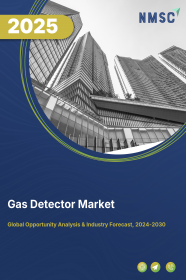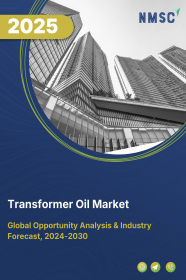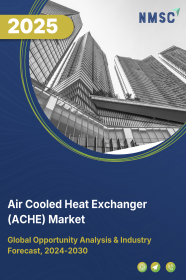
Air Cooled Heat Exchanger (ACHE) Market by Type (Forced, Induced, Natural Draft), Components (Tube Bundle, Fins, Fans, Drive System, Plenum, Frame, Header), Structure (Horizontal, Vertical), Technology (Hybrid, Smart), Mounting (Fixed, Skid, Trailer), Cooling Medium (Liquid, Gas, Mixed, Dry), Material (Steel, Copper, Aluminum, Titanium), by Application (Natural Gas Colling and Others) and by End-Users(Oil and Gas Refineries and Others)– Global Industry Trends and Forecast, 2025–2030
Industry Overview
The global Air Cooled Heat Exchanger (ACHE) Market size was valued at USD 4.00 billion in 2024, and is predicted to reach USD 4.27 billion in 2025 and is expected to continue its growth trajectory, reaching USD 5.91 billion by 2030, with a CAGR 6.6% from 2025 to 2030. The market is witnessing steady growth driven by multiple converging factors across industries and geographies.
Rising industrialization, especially in emerging economies, is generating heightened demand for efficient and reliable thermal management solutions across sectors such as oil & gas, chemicals, power, and manufacturing. Simultaneously, increasing environmental regulations and global sustainability goals are compelling industries to adopt eco-friendly technologies that reduce water consumption and emissions, making ACHEs a preferred alternative.
The rapid proliferation of data centers further amplifies this demand, as these facilities require robust, scalable cooling solutions to support high-performance computing. However, despite these positive trends, the market faces challenges due to the high capital and operational costs associated with ACHE systems.
Nonetheless, emerging innovations, particularly the integration of AI and IoT are unlocking new opportunities, transforming traditional ACHEs into intelligent, data-driven systems capable of real-time monitoring, predictive maintenance, and enhanced energy efficiency.
Rising Industrialization Drives the Air-Cooled Heat Exchanger Market Growth
The accelerating pace of industrialization, particularly in developing economies is a major driver of the market. Industries such as oil & gas, power generation, chemicals, and manufacturing are expanding rapidly, creating a strong demand for reliable and efficient cooling solutions.
For example, Indian Oil Corporation planned to expand its Gujarat refinery capacity from 274,000 to 360,000 barrels per day by mid-2026, with a total investment of USD 2130 million. Due to such large-scale industrial projects, the air cooled condensers is witnessing significant growth and thereby boosting the market.
Environmental Regulations Accelerate Adoption of Sustainable Air-Cooled Heat Exchangers
Rising global emphasis on sustainability is driving a significant shift toward the adoption of air-cooled heat exchangers (ACHEs), as industries work to comply with increasingly stringent environmental regulations. With governments and regulatory bodies mandating reductions in water consumption and carbon emissions, companies are re-evaluating their thermal management systems and prioritizing dry-cooling technologies.
ACHEs have become a preferred choice due to their ability to minimize environmental impact while enhancing long-term operational efficiency. This regulatory pressure is not only reshaping industrial cooling practices but also accelerating innovation and investment in sustainable technologies, positioning the global market for sustained and robust growth.
Rapid Expansion of Data Canters Fuels the Air Cooled Heat Exchanger Market Demand
The global surge in demand for data centers—driven by rapid growth in cloud computing, AI, and digital services—is emerging as a major catalyst for the market. In 2025, Meta plan to invest US $60–65 billion in its AI infrastructure, including the deployment of approximately 1 GW of compute capacity and over 1.3 million GPUs across new and expanded data centers.
This expansive data center development highlights a pivotal opportunity for Air cooled technologies, which are essential for maintaining operational efficiency, reducing water usage, and ensuring sustainability.
As global hyperscalers scale AI-driven infrastructure, the market is positioned to experience sustained growth, underpinned by the critical need for efficient, dry-cooling thermal management in ultra-high-power data environments.
The High Costs Restrain the Air Cooled Heat Exchanger Market Expansion
While offering numerous advantages, air cooled heat exchangers face significant restraints, primarily related to their high initial capital expenditure and ongoing operational costs. The intricate design, specialized materials, and larger footprint compared to their water-cooled counterparts translate to a higher upfront investment for end-users, potentially extending the payback period for such crucial industrial infrastructure.
AI and IoT Integration Creates Growth Opportunities for the Market
In the rapidly evolving industrial landscape, the strategic integration of Artificial Intelligence (AI) and the Internet of Things (IoT) presents a transformative opportunity for the industry. This technological convergence enables cooling fans and motors to transcend their traditional role as passive thermal management units, evolving into intelligent, self-optimizing systems. As industries increasingly adopt digital transformation strategies, the integration of AI and IoT is expected to become a standard feature in next-generation air-cooled heat exchangers.
Market Segmentations and Scope of the Study
The air cooled heat exchanger market report is segmented on the basis of product type, components, structure, technology, mounting type, cooling medium, material, application, end-users, and by region. On the basis of product type, the market is categorized into forced draft, induced draft, and natural draft. By components, the market is classified into tube bundle, fins, fans, fan drive system, plenum, frame, header, and others. The fins segment includes L-footed fin, embedded fin, extruded fin, and tension wound fin, while the fan drive system includes electric motors, gearboxes, and belts. Based on structure, the market is segmented into horizontal and vertical. By technology, the market is segmented into hybrid ACHE and smart ACHE. By mounting type, the market is divided into fixed installation, skid-mounted, and trailer-mounted. On the basis of cooling medium, the market is segmented into liquid cooling, gas cooling, mixed-phase cooling, and dry cooling. By material, the market is classified into carbon steel, stainless steel, copper, aluminum, titanium, and alloy steels. Furthermore, the basis of end-users, the market is segmented into oil and gas refineries, petrochemical and chemical plants, power plants, compressor stations, pharmaceuticals and biotech, food and beverage, metals and mining, data centers, and renewable energy. The regional breakdown includes regions such as North America, Europe, Asia-Pacific, and the Rest of the World (RoW).
Geographical Analysis
North America holds a significant share of the global air cooled heat exchanger industry, propelled by substantial investments in shale gas, refining, and thermal power sectors. In 2024, the U.S. Department of Energy invested USD 1.48 million in federal funding to a University of Cincinnati-led project aimed at developing an innovative dry-cooling system that integrates phase-change-material (PCM)-based thermal energy storage with enhanced air-cooled condensers. This initiative is expected to boost power-plant efficiency and support decarbonization efforts.
Europe represents a mature yet steadily evolving region for the air cooled heat exchanger market share, characterized by a growing focus on green energy, process optimization, and industrial decarbonization. Countries such as Germany, the United Kingdom, and France are at the forefront, driven by progressive energy policies and investments in hydrogen production, carbon capture, and advanced power generation systems.
Supporting this shift, the European Environment Agency (EEA) reported in 2024 that many European countries are facing increasing pressure to reduce freshwater abstraction for industrial cooling, particularly in southern and central regions. This trend is accelerating the adoption of dry and air-cooled technologies like ACHEs, which provide energy-efficient alternatives without relying on water resources, further reinforcing Europe’s strategic pivot toward sustainable and climate-resilient industrial practices.
Asia-Pacific is projected to experience significant growth in the global market, supported by rapid industrialization, rising energy needs, and large-scale infrastructure development. Countries like China and India play a central role due to their expansive petrochemical and power sectors.
According to a 2024 report by Zero Carbon Analytics, over 60% of new global petrochemical capacity additions through 2030 are expected in Asia, with China alone accounting for nearly half of the expansion. This surge in production drives the need for efficient cooling systems like ACHEs to meet sustainability and operational efficiency targets. Combined with supportive government policies and technological innovation, Asia-Pacific continues to strengthen its position as a critical hub for the market’s development.
The Rest of the World (RoW) region that includes Latin America, the Middle East, and Africa is gradually becoming a vital contributor to the global market for air-cooled heat exchangers. This expansion is fueled by growing energy demands, industrialization, and resource-driven development.
According to a 2024 report, by the Baker Institute for Public Policy, countries such as Brazil and Argentina are playing an increasingly critical role in global energy security through the expansion of hydrocarbon production and renewed investments in refining capacity and downstream infrastructure. These developments underscore the region’s growing need for efficient and reliable cooling technologies, such as ACHE systems, to support thermal management in energy-intensive operations.
Strategic Innovations Adopted by Key Players
Key players in the global air cooled heat exchanger industry are accelerating market growth through targeted innovation, cross-industry partnerships, and strategic expansions.
-
In 2024, Kawasaki and Kajima Corporation collaborated to integrate direct air capture (DAC) technology into the production of CO₂-SUICOM, a carbon-absorbing concrete. The successful deployment of this material at EXPO 2025 Osaka highlights the significance of cross-industry partnerships in advancing decarbonization, which is closely aligned with the growing demand for sustainable solutions in the air-cooled heat exchanger market.
-
In 2024, Longhua Technology Group deployed its high-efficiency hybrid cooler—combining air and evaporative cooling—in the Shenghong project, demonstrating a more effective and space-saving solution. This successful implementation underscores the role of technological innovation and industry collaboration in driving sustainability and efficiency improvements within the air-cooled heat exchanger market.
-
In 2024, Armstrong International broke ground on a new 29,000 sq ft industrial heat‑pump manufacturing wing at its Three Rivers, Michigan campus, backed by a U.S. Department of Energy grant through the Defense Production Act Heat Pump Program. This expansion underscores the company’s commitment to scaling thermal decarbonization solutions, reinforcing the market shift toward eco‑efficient technologies in air‑cooled heat exchanger systems.
-
In 2024, Armstrong International established a physical presence in São Paulo, Brazil, opening a new office staffed with thermal utilities specialists to better serve local industries and provide on-the-ground support.
-
In 2025, Alfa Laval launched the TS25 semi-welded heat exchanger, designed for tasks like electrolyzer cooling and sulphuric acid production. This compact unit offers higher capacity and improved energy recovery, showcasing the ongoing need for innovative, efficient, and sustainable heat exchanger solutions.
-
Meanwhile, SPX Cooling Technologies is expanding its North American capacity by opening a new manufacturing plant in Springfield, Missouri, to bolster supply for data‑center and EV infrastructure cooling systems also benefiting from the state’s Missouri Works program to incentivize investment.
Key Benefits
-
The report provides quantitative analysis and estimations of the industry from 2025 to 2030, which assists in identifying the prevailing air cooled heat exchanger market opportunities.
-
The study comprises a deep-dive analysis of the current and future air cooled heat exchanger market trends to depict prevalent investment pockets in the industry.
-
Information related to key drivers, restraints, and opportunities and their impact on the market is provided in the report.
-
Competitive analysis of the players, along with their market share is provided in the report.
-
SWOT analysis and Porters Five Forces model is elaborated in the study.
-
Value chain analysis in the market study provides a clear picture of roles of stakeholders.
Air Cooled Heat Exchanger Market Key Segments
By Product Type
-
Forced Draft
-
Induced Draft
-
Natural Draft
By Components
-
Tube Bundle
-
Fins
-
L-Footed Fin
-
Embedded Fin
-
Extruded Fin
-
Tension Wound Fin
-
-
Fans
-
Fan Drive System
-
Electric Motors
-
Gearboxes
-
Belts
-
-
Plenum
-
Frame
-
Header
By Structure
-
Horizontal
-
Vertical
By Technology
-
Hybrid ACHE
-
Smart ACHE
By Mounting Type
-
Fixed Installation
-
Skid-mounted
-
Trailer-mounted
By Cooling Medium
-
Liquid Cooling
-
Gas Cooling
-
Mixed-Phase Cooling
-
Dry Cooling
By Material
-
Carbon Steel
-
Stainless Steel
-
Copper
-
Aluminum
-
Titanium
-
Alloy Steels
By Application
-
Natural Gas Cooling
-
Steam Condensation
-
Lube Oil Cooling
-
Hydraulic Fluid Cooling
-
Reactor Jacket Cooling
-
Electrical Component Cooling
-
Process Fluid Cooling
-
Transformer Cooling
-
Gas Dehydration
By End Users
-
Oil & Gas Refineries
-
Petrochemical and Chemical Plants
-
Power Plants
-
Compressor Stations
-
Pharmaceuticals & Biotech
-
Food & Beverage
-
Metals & Mining
-
Data Centers
-
Renewable Energy
-
Others
By Region
-
North America
-
The U.S.
-
Canada
-
Mexico
-
-
Europe
-
The UK
-
Germany
-
France
-
Italy
-
Spain
-
Denmark
-
Netherlands
-
Finland
-
Sweden
-
Norway
-
Russia
-
Austria
-
Hungary
-
Poland
-
Czech Republic
-
Rest of Europe
-
-
Asia-Pacific
-
China
-
Japan
-
India
-
South Korea
-
Australia
-
Indonesia
-
Singapore
-
Taiwan
-
Thailand
-
Rest of Asia-Pacific
-
-
RoW
-
Latin America
-
Middle East
-
Africa
-
Key Players
-
Alfa laval
-
API Heat transfer
-
Armstrong International Inc
-
Exchanger Industries Limited
-
Longhua technology group
-
SNT Energy Co., Ltd.
-
SPX COOLING TECHNOLOGIES, INC.
-
Thermax Limited.
-
Xylem
-
IHI Plant Services Corporation
-
Evapco Dry Cooling, Inc
-
Chart industry
-
Funke
Report Scope and Segmentation
|
Parameters |
Details |
|
Market Size in 2025 |
USD 4.27 Billion |
|
Revenue Forecast in 2030 |
USD 5.91 Billion |
|
Growth Rate |
CAGR of 6.6% from 2025 to 2030 |
|
Analysis Period |
2024–2030 |
|
Base Year Considered |
2024 |
|
Forecast Period |
2025–2030 |
|
Market Size Estimation |
Billion (USD) |
|
Growth Factors |
|
|
Countries Covered |
28 |
|
Companies Profiled |
15 |
|
Market Share |
Available for 10 companies |
|
Customization Scope |
Free customization (equivalent to up to 80 working hours of analysts) after purchase. Addition or alteration to country, regional, and segment scope. |
|
Pricing and Purchase Options |
Avail customized purchase options to meet your exact research needs. |


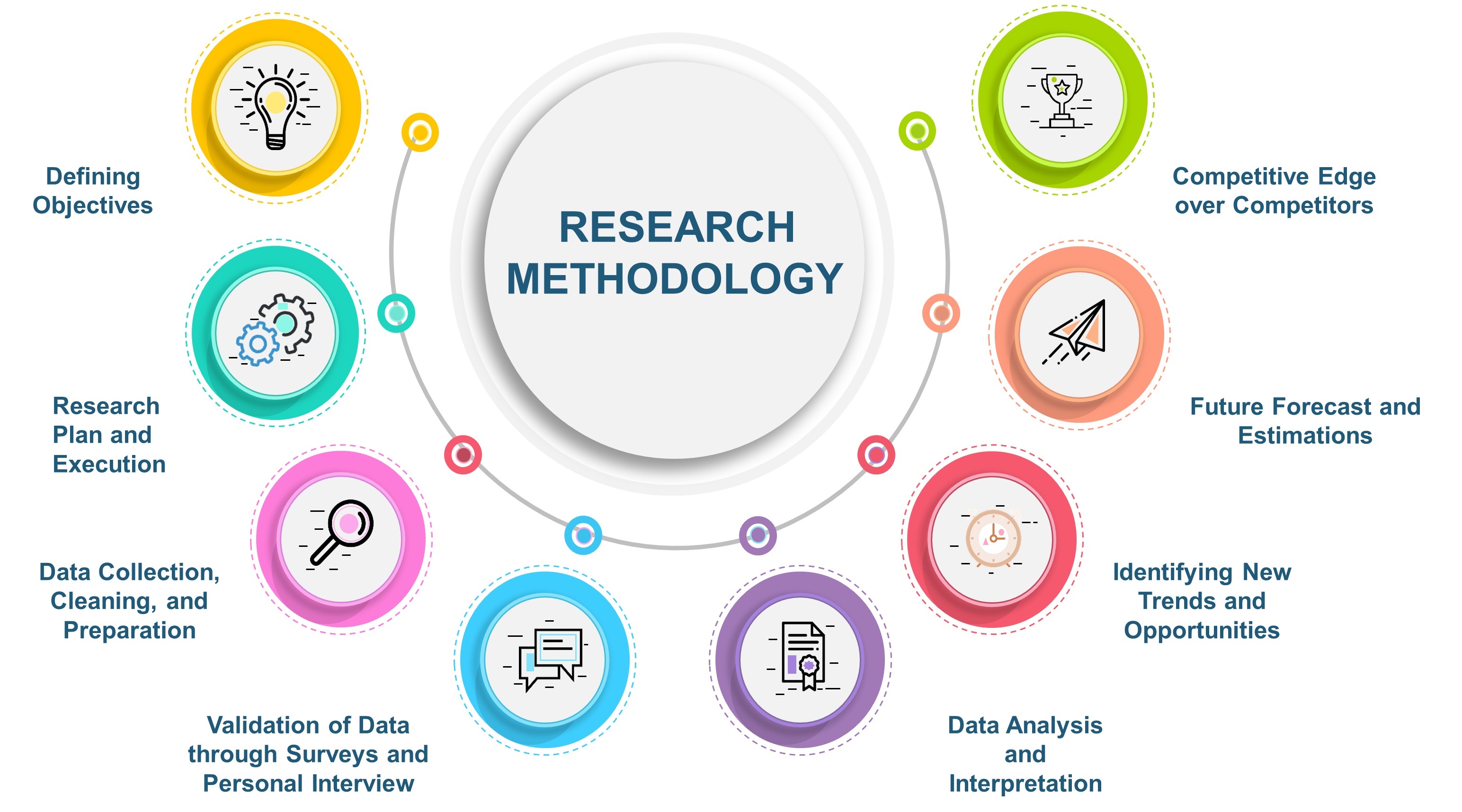
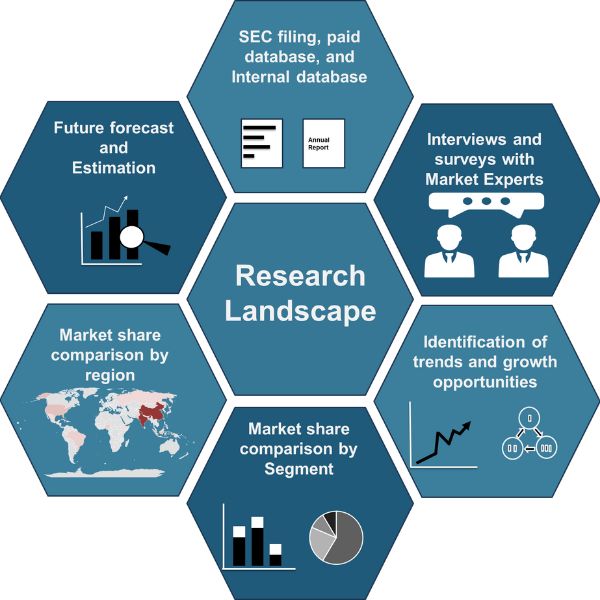
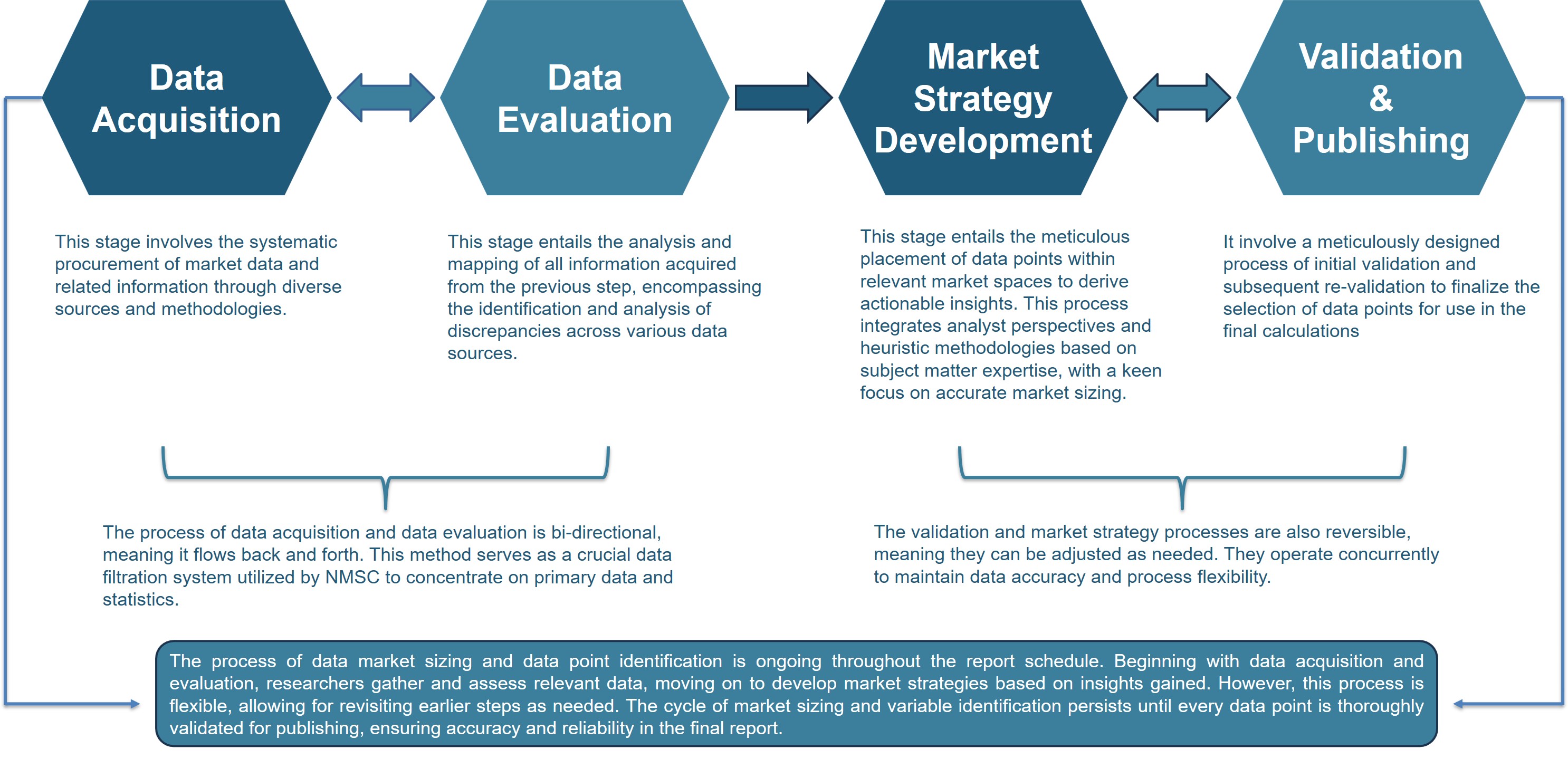




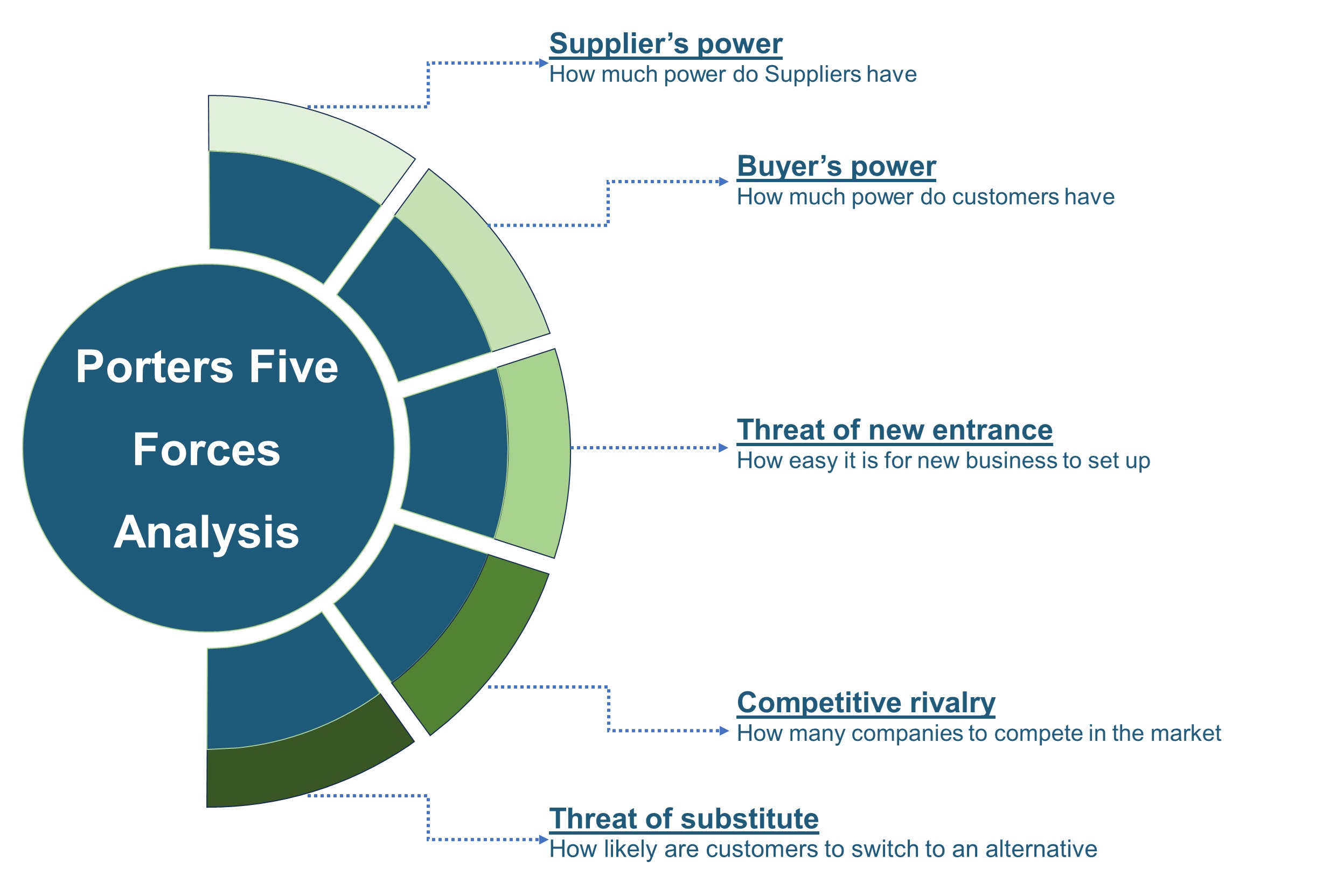







 Speak to Our Analyst
Speak to Our Analyst



